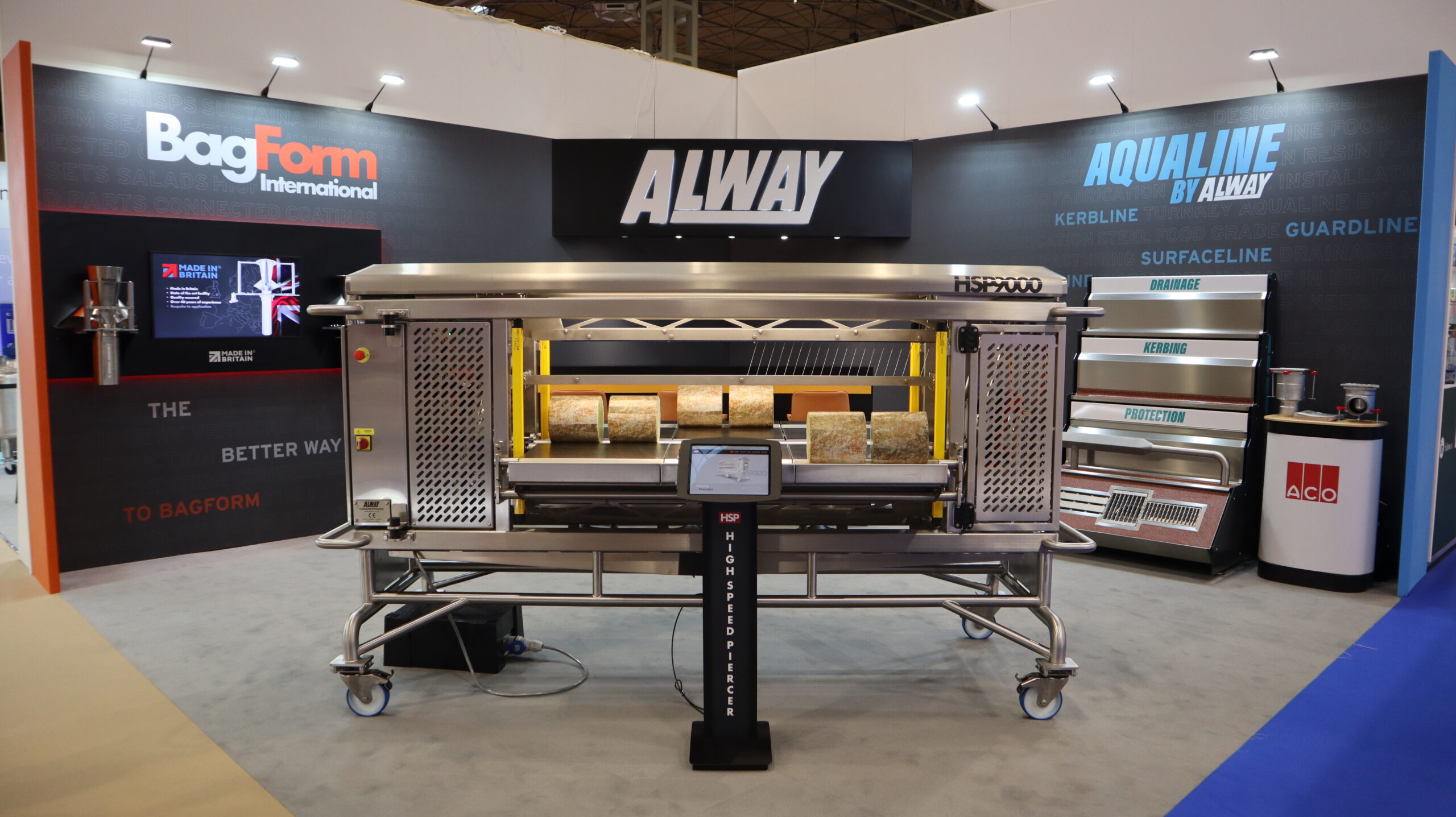
Stilton is an English cheese produced in two varieties: blue (with its characteristic aroma and texture) and white (with a more subtle palette). Stilton is protected under the PDO (Protected Designation Origin) by the European Union, and only blue cheese made in Derbyshire, Leicestershire or Nottinghamshire can be called Stilton.
Stilton is known for its crumbly creamy texture that develops with age, from the white variety with subtle characteristics to the blue type that proudly displays its iconic features.
The origins of Stilton go back to the early 18th century, with the name referring to the town of Stilton in Cambridgeshire with recipes dating back to 1722. Stilton refers to the location where it was originally sold. The origins of the cheese come from a small village near Melton Mowbray.
How is Stilton Made?
The process of making Stilton has remained unchanged for over 300 years with the following steps.
Curd Forming- essential ingredients, including the blue mould starter, are added to fresh milk. Once the milk has curdled, it is then drained and whey removed.
Hopp Filling – Curds are poured into moulds and left in a temperature-controlled environment to distribute moisture.
Sealing– Removed from the roundel, the cheese is sealed by smoothing and wrapping, stopping bacteria from entering the cheese.
Ripening – The cheese is stored in a temperature-controlled environment and will begin to ripen, being rotated often.
Piercing – Once the cheese has aged for five weeks, it is pierced with stainless steel needles, giving the Stilton its characteristic veins.
Grading – The cheese is graded by removing the core with a cheese iron and examining the core characteristics of the cheese, from aroma, texture, taste and appearance.
Producing Stilton with the HSP9000
The HSP9000 provides an authentic cheese-piercing solution that utilises the efficiency of modern-day technology. This authentic yet high-tech approach follows the methods protected by the PDO (Protected Designation of Origin), which the European Union enforces.
The HSP9000 revolutionises the process of piercing cheese, offering industry-leading efficiency whilst not compromising quality. These production output and quality improvements provide manufacturers with a fast return on investment.
To speak to a friendly member of our team about the HSP9000, follow the link below.
© HSP 2024
HSP is a trading name of Alway Loughborough Ltd
Website by Vandal Marketing